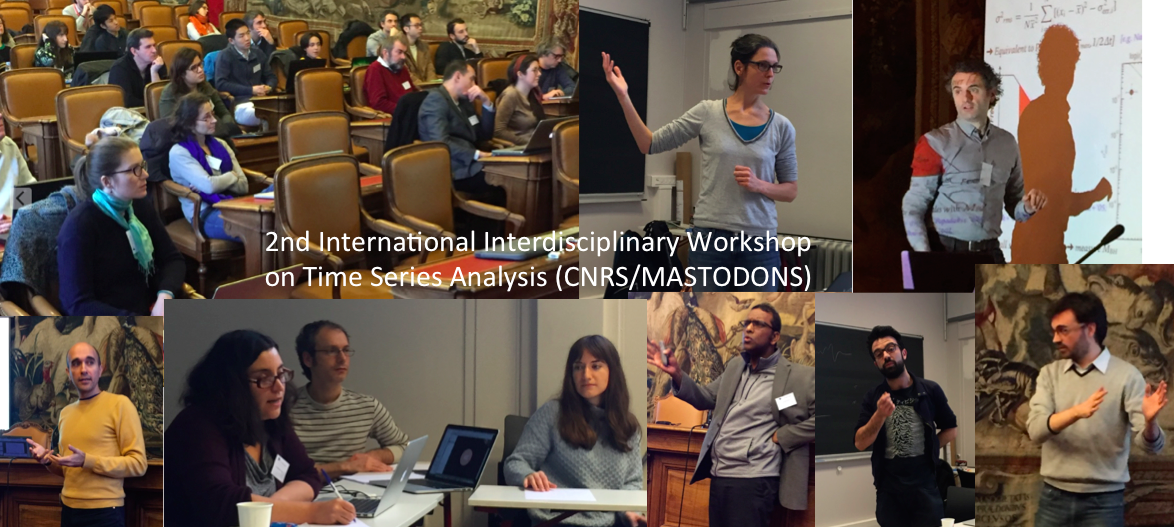Orateur
Dr
Katia Lehongre
(Brain and Spine Institute (ICM))
Description
There are many techniques used in neuroscience to explore the brain activity, going from electrophysiology to functional magnetic resonance imaging. All the techniques used, despite various spatial and temporal resolutions, have in common to record variations of brain activity in time. I’ll first briefly describe those different techniques and the different associated methods of analysis, and then focus on the electrophysiology of epilepsy. Patients with epilepsy present abnormal brain activity, like epileptic spikes and seizures that can be recorded with electroencephalography (EEG). In order to localize the region of the brain that produces this abnormal activity, EEG from the patients is recorded continuously for 2 to 3 weeks. Usual clinical practice involves a neurologist reviewing visually the signal in order to determine the spatial localization and the temporal dynamics of the epileptic activity. While several studies tried to develop an automatic and reliable detection / characterization of the epileptic events in time and space, no fully non supervised methods are commonly used by the neurologists. An efficient time series analysis could be of great interest to speed up the signal analysis and in turn to increase the number of patients handled.

